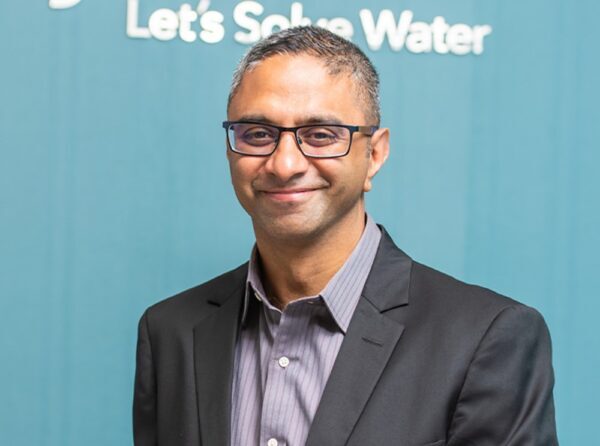Human activity is substantially increasing carbon levels. NASA’s regular Carbon Dioxide measurements show an alarmingly upward trajectory. Its researchers estimate that modern civilisation has elevated atmospheric carbon levels by 50%, slowly raising average global temperatures. Even marginal shifts in that benchmark have already led to disastrous results, such as large forest fires, prolonged droughts, excessive rainfall, and aggressive heatwaves.
Rising carbon levels create tumultuous ripples in our planet’s complex weather ecosystem, hurting communities—especially in Africa. Even though the continent contributes 4% to global carbon levels, it’s considered the most vulnerable to climate change’s impact. According to the African Development Bank, Africa is home to seven of the ten countries most vulnerable to climate change, and 95% of the globe’s rain-fed agriculture is in sub-Saharan Africa, making local crops very vulnerable to shifting rainfall.
The problem has many aspects, such as Africa’s massive reliance on combustible fuels and oil economies, or reluctance to fund African decarbonisation. But one area deserves more attention: water.
Water is climate change’s canary. Excessive rainfall and prolonged droughts relate to changes in water systems. Civilisations primarily rise around water, so changing water behaviour is a bellwether for sustaining the modern world.

Water also offers opportunities to tackle carbon generation and usher nations closer to Net Zero status, negating the greenhouse gases they produce. Xylem consulted international experts to design a strategy that will help public water utilities and large water consumers adapt their systems to reduce carbon generation. The strategy, Net Zero: The Race We All Win, is a four-step approach: Set realistic targets, optimise existing assets, prioritise capital planning, and plan for the future.
Public utilities often have stockpiles of data—modern data analytics tools are helping them use that information for future planning. We can set realistic data-backed targets to incrementally make appropriate adjustments for a given site. For example, Chile’s Aguas Andinas is using data-backed planning to significantly reduce its carbon output by 2030 through renewable energy.
Asset optimisation is also crucial. Utility sites must last for decades, and sweat their pumps, pipes, mixers, bioreactors, and oxidisers. However, strategically modernising those systems delivers dramatic energy efficiency and carbon reduction improvements. Numerous utilities are using net zero plans to cut energy and maintenance costs. For example, variable-frequency pumps require less energy and maintenance, and many models work on solar energy. Scottish Water used this approach to reduce energy usage by 40% and maintenance costs by 99%.
As utilities stabilise their energy and maintenance requirements, they can prioritise capital planning. This step urges us to both focus on urgent requirements and maintain long-term carbon reduction. According to Belgium’s De Water Groep, this approach helps protect sites from continually making radical adaptations in response to extreme environmental shifts. Part of its process is to vet future projects on their energy-neutral and climate-neutral aspects, a space it can explore while it achieves greater asset optimisation.
All three of these steps feed into the fourth step: planning for the future. Ultimately, aiming for Net Zero is an opportunity to revisit how we run our water systems. Some strategies include buying renewable grid energy and generating on-site renewable energy. New Zealand’s Watercare is helping lead the way. It has launched several solar sites, including the country’s first floating solar farm, and integrated its capital and operational strategies for better performance.
How can African utilities benefit from these steps? Our water management sites can start with specific and incremental upgrades rather than attempt massive overhauls. Some solutions are faster to deploy, such as UV and ozone disinfection that complement chlorine systems while reducing the latter’s storage and pollution risks.
Smart meters and in-line leak detection improve monitoring and data collection and reduce costly non-revenue water waste. Modern aeration systems are more energy-efficient than their predecessors, and new sludge-management systems substantially reduce carbon release.
These examples apply to public utilities and industrial water systems at mines, factories, and farms. They help enterprises manage their Environmental, Social and Governance (ESG) requirements, lower costs, and improve energy resilience. They also reduce carbon output and extend control over carbon and environmental risks.
Water can help African communities reach Net Zero status. It offers many quick wins and long-term victories to ensure we look after our planet and future.









